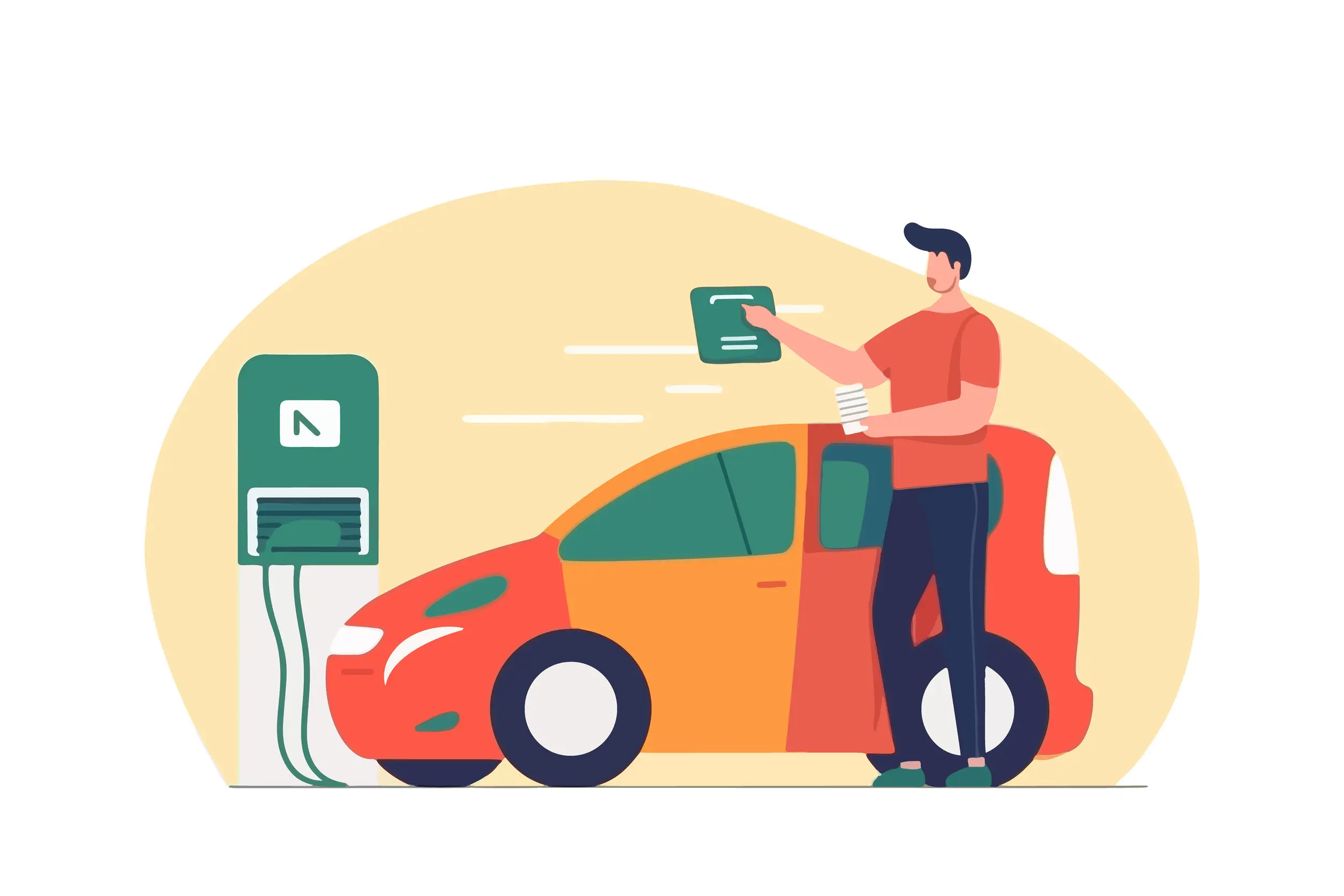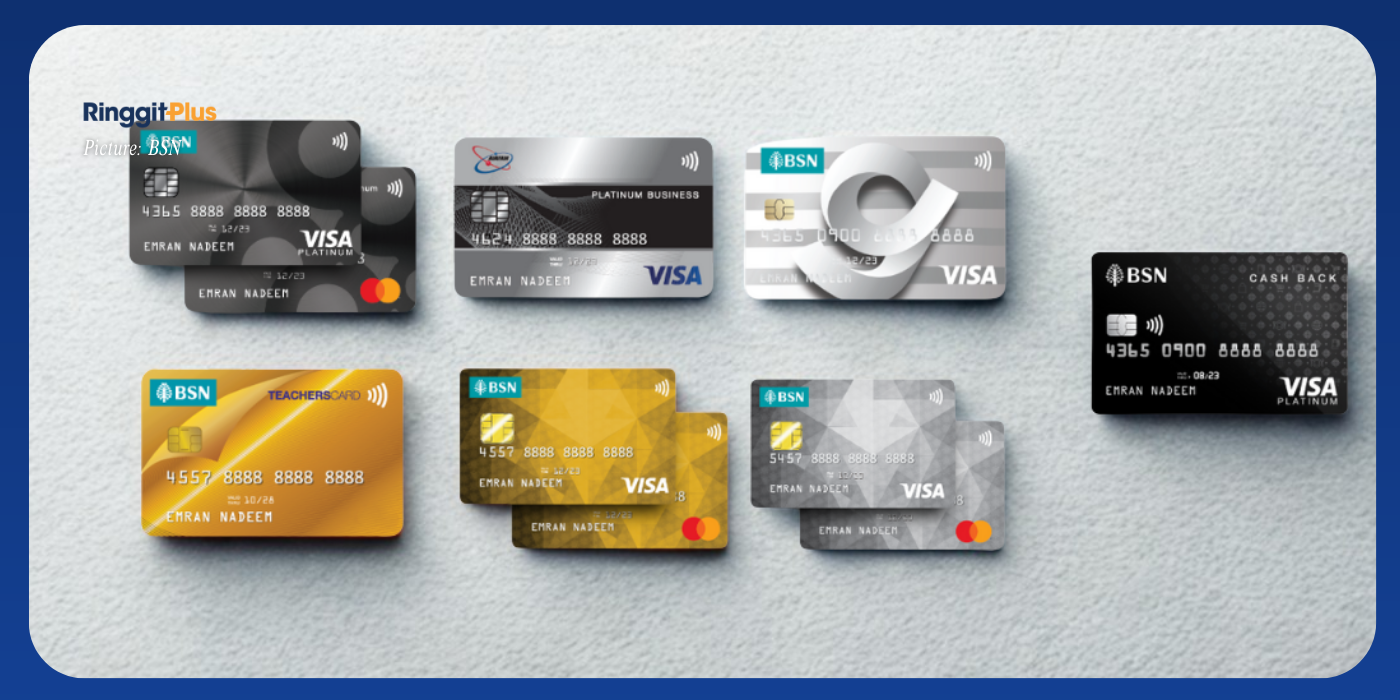RinggitPlus
29th December 2021 - 8 min read

All individuals will – at some point in their lives – have to take out a loan to help pay with specific expenses. For instance, if you’re planning to buy a car, you’ll approach the banks for a car loan. Similarly, those looking to buy a house will need a mortgage. And let’s not forget about credit cards that you use on a day-to-day basis; in the banking industry, these are known as unsecured loans.
In applying for these credit facilities, it will become necessary for you to familiarise yourself with how interest is applied to each of them. Understanding this means you’ll be able to develop a repayment strategy that can help you to avoid paying extra interest.
Let’s take a look at a few different types of loans and how interest is calculated for them, as well as share some ideas on which debts to prioritise in your repayment strategy if you’re looking to clear them off.
Think loans, think interest rates

The average individual will typically encounter or apply for four common credit facilities: credit cards, personal loans, hire purchase loans (sometimes known as car loans), and mortgages (house loans). So, let’s break down how interest is charged for these facilities:
Credit cards
Credit cards are, of course, the most familiar line of consumer credit known to the public, with people regularly using them thanks to the convenience and rewards offered. However, these perks can come at a price, specifically when you carry a balance on your credit card.
If you fail to repay your outstanding credit card balance on time, the credit card issuer will then have the right to begin charging interest on the amount. Depending on the card and the issuer, these rates may go up to as high as 18% p.a., greatly increasing the amount that you need to repay.
On top of that, you also need to consider the effects of compounding interest, where interest is charged not only on the outstanding balance, but also on the accumulated interest charged from the day after the due date. Given that credit card interest charges compound on a daily basis, this can cause your unpaid credit card debts to balloon swiftly.
Personal loans & hire purchase

In the case of both personal loans and hire purchase (sometimes also known as car loans), interest is applied at a flat rate; it is calculated based on the principal amount borrowed, which is then repaid across the loan tenure.
To illustrate, let’s say you take out a hire purchase of RM30,000 at an interest rate of 3% for a tenure of five years. You’ll immediately be able to calculate that your repayment will come down to a total of RM34,500 – with RM30,000 as the principal sum borrowed, and RM4,500 (3% * RM30,000 * 5 years) as the total interest charged. This translates to a fixed monthly payment of RM575, regardless of how quickly you pay off your loan.
Note, however, that you will initially pay off more of the interest in the initial period of the tenure. This is known as the Rule of 78, where a higher portion of the interest is allocated in the monthly installment.
Anyway, the calculation of interest for flat rate loans such as personal or car loans differs from the structure that is used on some other facilities, such as credit cards. For credit card, the interest rate is not applied directly to the initial/original outstanding balance, with an unchanging amount of interest that you must pay every month. Instead, it is calculated on a reducing balance, which means that you only pay interest on the balance that you owe for a particular payment cycle. If you’re able to reduce your outstanding balance in the next cycle, then the interest that you need to pay will also be less.
So for instance, if you initially had an outstanding credit card balance of RM5,000 but were able to subsequently reduce it to RM3,500, the bank will only calculate interest on the existing RM3,500 (instead of RM5,000). As such, the faster you clear off your outstanding balance, the less interest you’ll have to pay.
Mortgages

Similar to credit cards, the interest rate for mortgages are also calculated on a reducing balance basis. When you pay the monthly instalment for your housing loan, you are actually paying back a portion of the amount that you borrowed (the principal sum), and the interest for that particular month. This lets you slowly whittle down the outstanding balance, which in turn leads to a gradual decrease in the amount of interest that you need to pay.
There are also some types of mortgages – called semi-flexi or full-flexi loans – that allow you to pay extra in advance (more than your stated monthly instalment) so that you can reduce the principal amount at a faster rate. Do be aware, however, that semi-flexi and full-flexi loans can sometimes offer less competitive interest rates compared to regular housing loans, and may also come with stipulations for some of its services.
Which debt to pay off first?

Now that you have a clearer idea as to how interest is applied to different credit facilities, you can then strategise and decide on which loan to prioritise when tackling your debts. Some key factors that you may want to consider while planning your strategy include:
- Which loans are the most demanding on your finances?
- Which loans are the most urgent?
- Which loans can help you save the most money if settled early?
Usually, it is a good idea to begin with your credit card debts as these are the most draining in terms of interest rates. Not only are they higher than other credit facilities, they also compound on a daily basis – which is why it’d make good financial sense to clear these off first.
From there, move on to mortgages as an early settlement of your housing loan can help you save a pretty neat sum on the interest in the long run. Do so by clearing off the principal balance as quickly as possible, and you’ll be able to reduce the overall interest that you need to pay – possibly even up to tens of thousands of ringgit.
Finally, debts with flat interest rates – in this case, personal loans and hire purchase – should be your last priority as these don’t offer any savings even if you clear them off ahead of schedule. In addition, the Rule of 78 applied on these loans also reduces the benefits of paying them off earlier.
Of course, bear in mind that there is no “right” way to pay off your debts as every borrower is affected by different financial circumstances, lifestyle needs, and temperament. Some other repayment strategies that you could also check out include the popular avalanche and snowball repayment methods.
***
With this, we hope that you will now be better prepared about how you can plan your debt repayment strategy. Otherwise, watch this video by licenced financial advisor Brenda Yong – shot in collaboration with UOB Kay Hian Wealth Advisors – where she puts a delicious spin on debts and interest rates with analogies of roti canai, nasi lemak, and teh tarik.
Eager to guide investors along their investment journey, UOB Kay Hian is one of Asia’s largest brokerage firms with the capability to trade across a broad range of securities, including stocks, bonds, unit trusts, futures, options, contracts for differences (CFDs), and forex. Headquartered in Singapore with a wide network of over 80 international branches, it also brings you innovative initiatives such as its online investment platform, UWEALTH.
UWEALTH is the first investment platform to be supported by Morningstar, an influential investment research firm that empowers investors with an array of investment research and management services – including compiling and analysing fund, stock, and general market data. Harnessing the advantages provided by this partnership with Morningstar, UWEALTH is able to offer “a full spectrum of wealth management solutions” – from fund analysis and comparison to portfolio construction.

As an example, investors can make use of UWEALTH’s portfolio planner to search for specific funds, including Morningstar’s four- and five-star rated funds. You can also tap into the perks of Portfolio X-Ray, a service provided by Morningstar that lets you quickly uncover key details of a selected portfolio, such as its asset allocation, as well as geographic regions and sectors.
On top of that, UOB Kay Hian’s UWEALTH also has connections with over 50 local and global fund houses, offering more than 3,000 funds that investors can pick from to suit their specific investment needs. Among some of the well-known fund houses that can be found on the UWEALTH platform include AffinHwang Asset Management, Nomura Asset Management Malaysia, and Phillip Mutual.
Find out more about UOB Kay Hian’s UWEALTH platform and how it can contribute to your investment journey today!









Comments (1)
Is it wise to take new loan to pay up mortgages (housing loan – remaining 11 years)?
What are the things / amount that i should consider if i decided to take up new loan for this purpose.
Thanks.
KAI